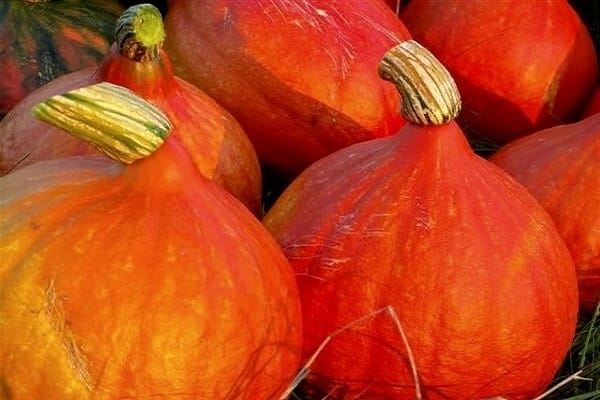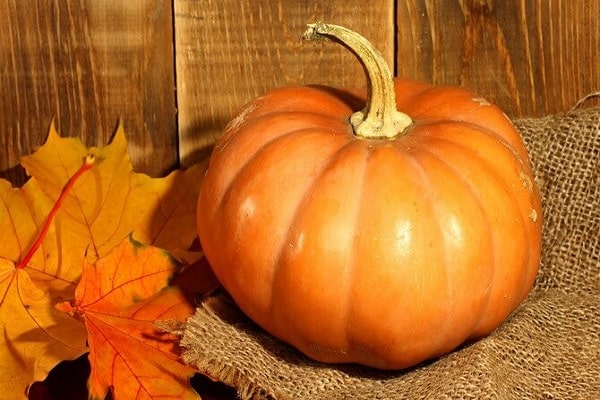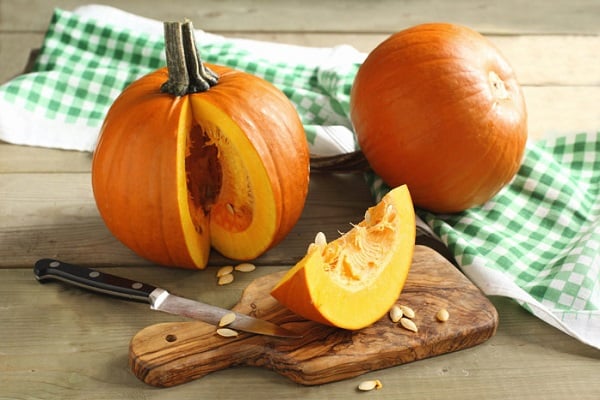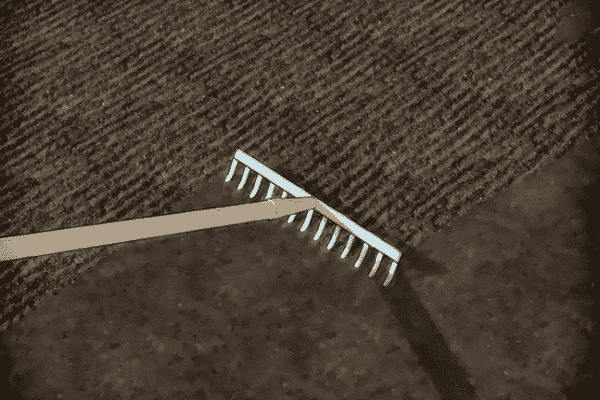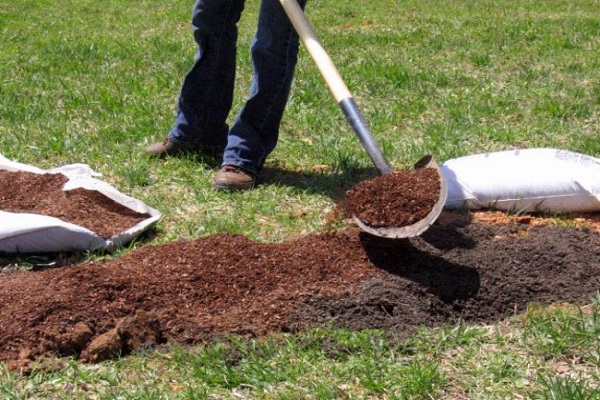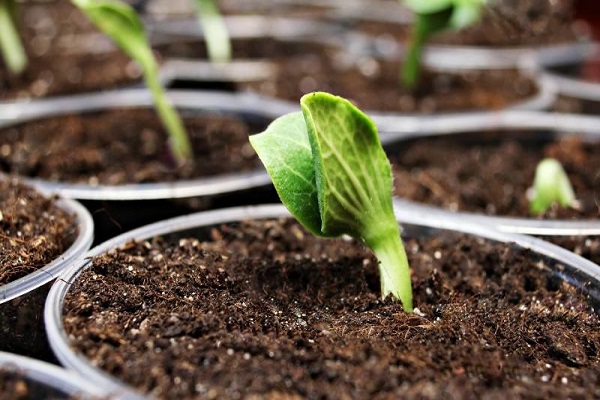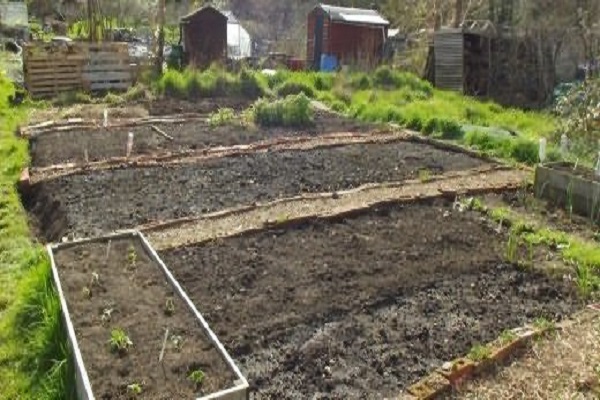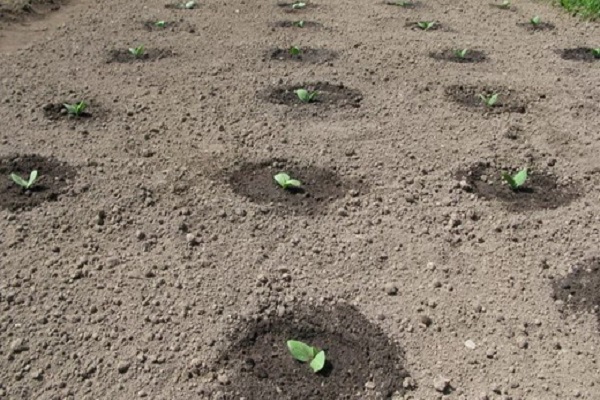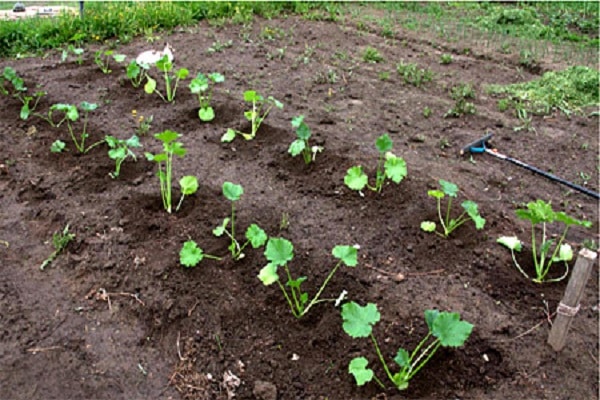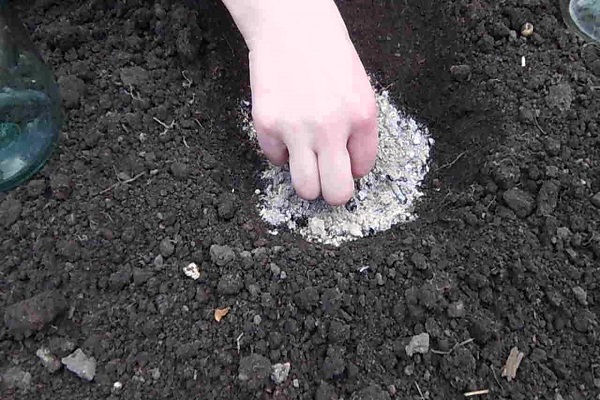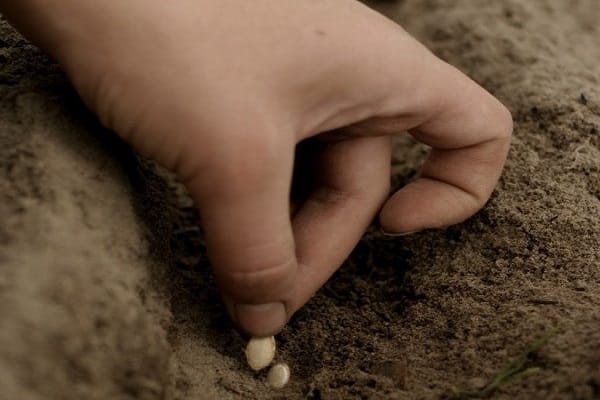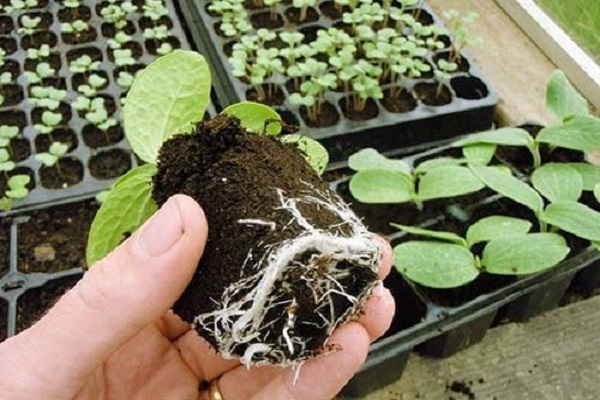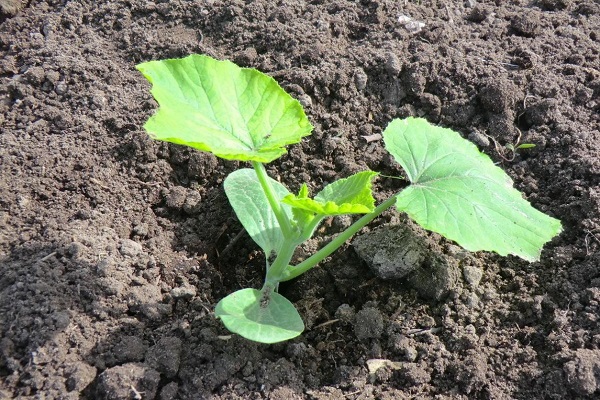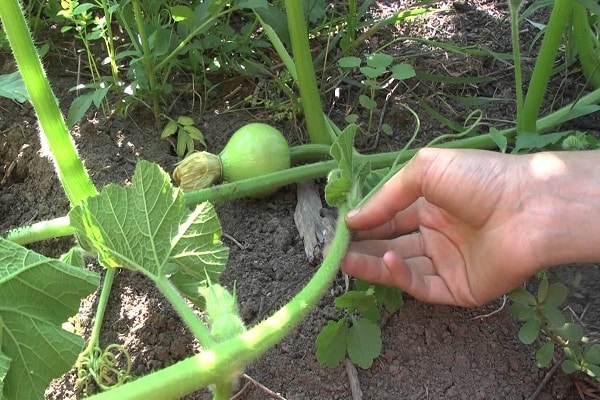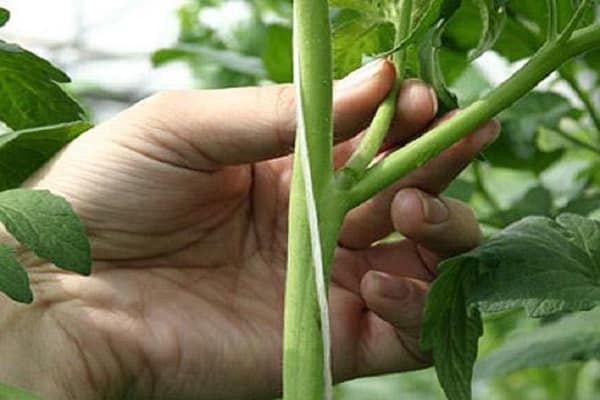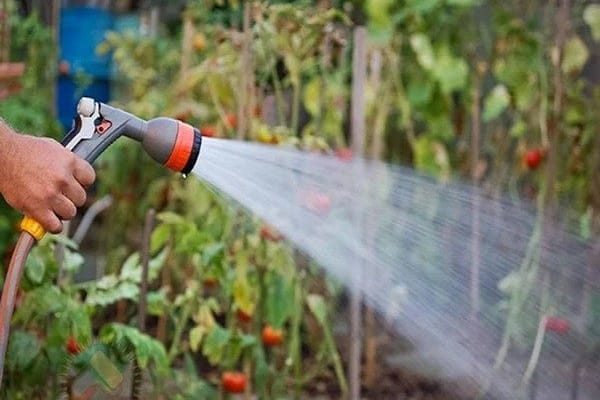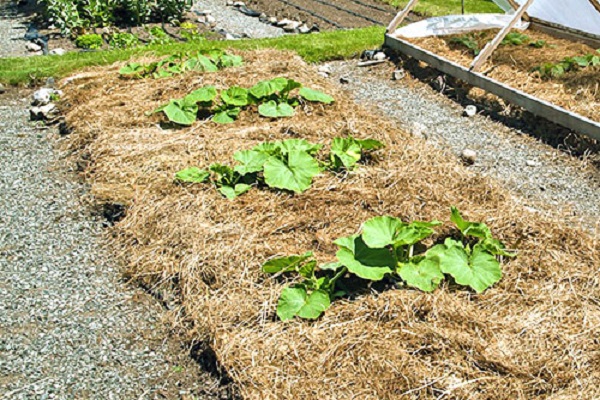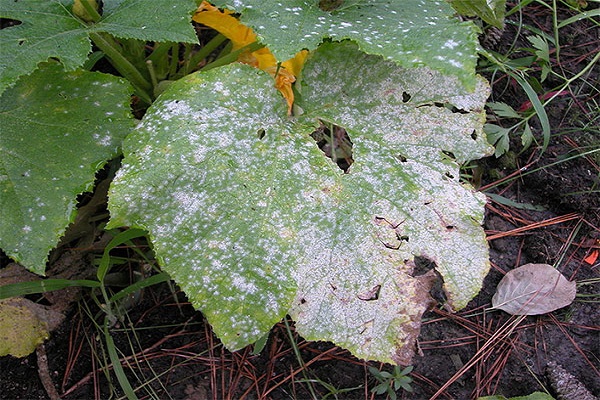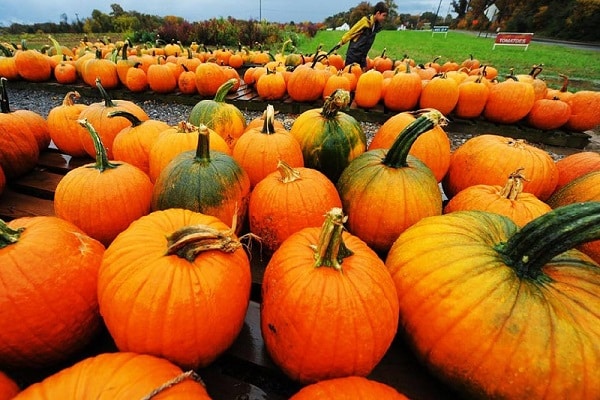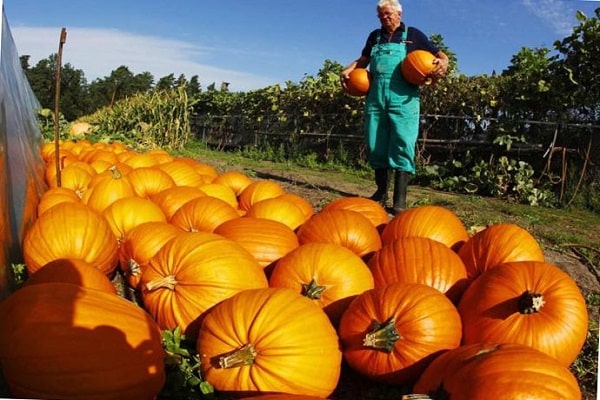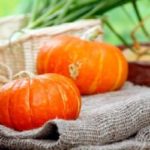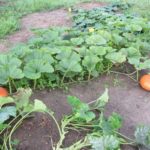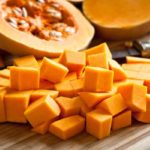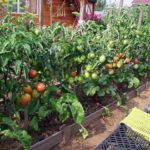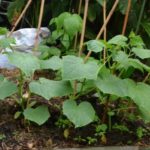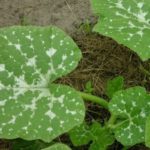A healthy and tasty pumpkin, growing and caring for it in open ground does not present any particular difficulties even for an inexperienced gardener, has been cultivated in Rus' for a long time and was widely used in Russian cuisine for preparing various dishes. For some time, the vegetable was undervalued, but now, in the wake of the popularity of healthy eating, it is again regaining its lost position.
- Pumpkin: description of garden culture
- Features of growing pumpkins: how to choose a site for planting
- Lighting requirements
- Optimal temperature for seedlings or seeds
- What should the soil be like for planting?
- Planting pumpkin in the garden (planting time, sowing technology, picking seedlings, preparing seeds)
- Sowing seeds in open ground
- Growing pumpkin in seedlings
- How to properly care for a pumpkin?
- How to properly form a plant?
- Watering and fertilizing pumpkins
- How to protect pumpkin from pests and diseases?
- Pumpkin: when and how to harvest
Pumpkin: description of garden culture
Common pumpkin (Cucurbita pepo), or hard-barked, is an annual herbaceous creeping plant of the Cucurbitaceae family, with thin pentagonal, sharply ribbed and spiny stems, reaching 8-10 m in length. The root system is highly branched with a central rod extending up to 3 m deep, and superficial branched periphery.
Five-parted or five-lobed large leaves with a diameter of up to 25-30 cm, heart-shaped at the base, alternate, sitting on long petioles and covered with hard, spiny short hairs. Large monoecious unisexual bell-shaped flowers of bright yellow or orange-yellow color on ribbed pedicels bloom in June-July and are cross-pollinated, most often by bees.
Berry-shaped, multi-seeded, hard-barked fruits with an average diameter of 15-40 cm and a weight of about 20 kg (there are specimens weighing more than 100 kg) ripen in the melon patch, vegetable garden or in the countryside in the open ground in August-September. The shape, size and color of pumpkins vary and depend greatly on the variety. Flat oval seeds 1-3 cm long are covered with a woody yellowish-white shell and have a pronounced rim along the edge.
Experienced vegetable growers recommend the following varieties of pumpkin for open ground, which are suitable for growing in almost all regions:
- Smile. Bush high-yielding early ripening (85-90 days after germination) with a large number of small bright orange striped fruits weighing up to 1.5 kg. The pulp is sweet, crispy, with a melon flavor. Stored at room temperature for up to 5 months.
- Freckle.An early-ripening variety with rounded-flattened small (up to 3 kg) light green spotted fruits. The orange flesh tastes sweet and resembles a pear. It tolerates sudden temperature changes well and has good shelf life.
- Russian. An early-ripening, cold-resistant climbing bush with shiny dark orange fruits weighing 3-4 kg, inside of which there is tasty sweet orange pulp. It tastes like melon.
- Zorka. Medium early ripening with dark gray segmented fruits weighing about 5 kg, covered with bright orange-pinkish spots. The juicy bright orange pulp is sweet, tasty, and high in carotene. The variety is characterized by increased resistance to various diseases.
- Therapeutic. Early variety (90 days), large, flattened fruits weighing from 3 to 5 kg, gray in color with a net of a lighter shade. It may last until spring.
- Vitamin. Late-ripening muscat variety with elongated oval green fruits weighing up to 6-6.5 kg.
- Butternut. Small-fruited (up to 1 kg) nutmeg pear-shaped late-ripening variety with light gray fruits.
Features of growing pumpkins: how to choose a site for planting
Cultivating pumpkin in open ground is not difficult, but to get a bountiful harvest you must follow some rules. Special requirements are imposed on alternation or crop rotation; it is impossible to plant any melons (watermelons, zucchini, melons, cucumbers) after the pumpkin. The best predecessors for pumpkins are cruciferous vegetables or legumes (cabbage, beets, tomatoes, onions). They can be replanted in the same place no earlier than after 5-6 years.
Lighting requirements
It is best to grow pumpkin in open, well-lit, sunny, ventilated and dry areas. The heat-loving culture cannot tolerate gusty cold winds.Therefore, it is recommended to plant it on the south side of buildings, along a fence or wall, which will protect from the wind during the day and at night will release the heat accumulated during the day.
In this case, the long vines of the plant can be directed towards the vertical surface of a fence, house or barn, since the fruits ripen faster and better when they are well lit by the sun. Pumpkin requires direct sunlight for at least 6-7 hours a day.
Optimal temperature for seedlings or seeds
Planting pumpkin seedlings and sowing seeds in the soil on the site is carried out only after the soil at a depth of 10-12 cm has warmed up to +10 °C. The daytime temperature should remain above +8...+10 °C; with the seed planting method, this figure should be more than +13...+15 °C. At night, the air should not cool below +3 °C. In other cases, it is necessary to cover the seedlings at night.
Planting time is determined by the climatic characteristics of the region. Sowing dates in the Moscow region most often fall in the first ten days of May; when growing pumpkins in the Urals and Siberia, they shift closer to the middle of the month.
What should the soil be like for planting?
Pumpkin crops develop well and produce abundant harvests in rich, fertile, drained and warm soils. This plant will not grow in clayey, heavy and too damp soil. The soil for pumpkin should have a neutral or slightly alkaline reaction.
Acidic soils are absolutely not suitable; they must be deoxidized using fluff or dolomite flour, or crushed wood ash can be used.
In order to properly grow a pumpkin in a summer cottage in the middle zone, it is recommended to prepare a bed for it in advance in the fall. The area, cleared of previous crops and weeds, must be well fertilized.When digging to a depth of at least 20-25 cm, add the following components per 1 m²:
- humus - 5 kg or manure - 7 kg;
- potassium chloride - 15 g;
- superphosphate - 30 g.
If the mail is heavy, then it is loosened by adding coarse river sand. All components must be mixed, then the bed must be spilled with hot water at a temperature of about +80 ° C for disinfection.
Planting pumpkin in the garden (planting time, sowing technology, picking seedlings, preparing seeds)
Pumpkin agricultural technology in a garden plot or vegetable garden is highly dependent on local climatic conditions. Before deciding whether to grow a crop in seedlings or to sow the seeds directly into the ground, you should first study the features of the local regional climate and evaluate natural factors. In the middle zone and northern latitudes, growing pumpkin is possible only with the help of seedlings, otherwise the heat-loving plant does not have time to fully bear fruit.
Sowing seeds in open ground
Before sowing, planting material must be sorted, leaving only whole, dense and undamaged seeds. Then they are soaked for 3 hours in a container with warm water, the temperature of which is stable within +40...+50 °C. After this, the process of germination of grains begins. To do this, the swollen seeds are wrapped in a soft, damp cloth, placed for 3-5 days in a warm, bright place (on a windowsill) and periodically moistened. The temperature should not be lower than +20 °C.
Sowing of seeds is carried out using the following technology:
- In a pre-prepared bed, holes are made at a distance of at least 0.6-0.8 m from each other; for long-climbing varieties this is increased to 1.2-1.5 m. About 1-1.2 m are left between rows.
- About 2-3 liters of warm water are poured into each hole.
- Seeds are planted to a depth of 8-9 cm (in light soil), in heavy and dense soil the planting depth does not exceed 5-6 cm. 2-3 seeds are placed in each hole, then the strongest sprout is left, the rest are torn off.
- Sprinkle with a nutritious mixture of peat, humus, garden soil and manure. Then mulch with humus or peat.
- The plantings are covered with film or other covering material, which is securely fixed around the perimeter.
- After the emergence of seedlings, the shelter is removed or raised on the frame. You can leave it in the garden bed, making cross-shaped cuts for the sprouts.
Growing pumpkin in seedlings
The process of pumpkin ripening is quite long in time; fruits from late-ripening and large-fruited varieties can only be harvested 120-140 days after sowing. To get the earliest possible harvest, it is recommended to grow the crop using seedlings. You can grow seedlings in an apartment on a windowsill; greenhouses, panics or film frames are also used for this.
When growing seedlings in a greenhouse method, it is necessary to select seed material more carefully. Plants must be resistant to disease, and varieties for greenhouses are selected accordingly.
After soaking and the appearance of sprouts, the germinated seeds are planted in plastic cups, cut plastic bottles or milk bags, peat or simple pots with a diameter of about 10 cm. The containers are filled with ready-made peat soil or a nutritious soil mixture of 1 part humus and 4 parts turf soil. It is recommended to add superphosphate (5 g), potassium salt (4 g) and ammonium nitrate (4 g) to a bucket of this mixture.
The soil in the bowl is watered with warm water and 1 seed is planted in the center to a depth of 1.5-2 cm, sprinkled with peat on top.Then the containers are covered with glass or film and placed on a windowsill or in a greenhouse. Grown seedlings are planted in the ground on the site after it has warmed up well (at least +12 °C). The soil can be pre-prepared by covering it with film for several hours or pouring about 2-3 liters of hot water into each hole.
The plants are placed in holes, at the bottom of which a layer of humus mixed with ash is poured, then covered with garden soil, watered again and mulched. If you use the seedling method of growing pumpkin, planting and caring for the crop in open ground will be similar to the seed method.
How to properly care for a pumpkin?
Regardless of how the seedlings are planted, you should care for the pumpkin until harvest in the same way. 5-7 days after planting, the soil in the holes should be mulched again with compost, peat, chopped nettle, humus or pine needles. Loosening and weeding between rows is required once every 10-14 days. At first you can go deep down to 12 cm, but after 4-5 weeks they loosen no deeper than 5-8 cm so as not to damage the roots.
To attract insects (bees) that pollinate flowers, pumpkin bushes are sprayed with sugar or honey water (1 teaspoon per 10 liters of water). In inclement cloudy weather, when bees do not fly, pollination is carried out manually to avoid rotting of the unpollinated ovary. The petals are torn off from the male flower and the remaining anthers (stamens) are touched to the pistil on the female flower.
How to properly form a plant?
The green mass on young pumpkin seedlings grows quickly, long vines spread in different directions. In order for the plant to remain within the territory allocated to it, their number must be normalized.The apical bud and part of the shoot are pinched off the bush to stimulate the development of lateral stems on which the formation of female flowers occurs.
At the same time, pinching is carried out and excess axillary shoots that have grown to 6-8 cm are removed, and unnecessary leaves are also torn off. Each lash is pinched when it reaches 1.5 m, laid out in the desired direction and sprinkled with soil. To make the fruits larger, excess ovaries are cut off and left on each stem.
Watering and fertilizing pumpkins
The correct technology for growing pumpkins in open ground involves regular and abundant watering with warm water (not lower than +20 °C). Cold artesian or well water can lead to rotting of the root system and death of plants. Warm watering favors the formation of female flowers. Moisture is especially needed during the period of flowering, fruit set and growth. If watering is poor, they will be small.
Feeding pumpkins begin to carry out after the appearance of 5-6 leaves. The next procedure is carried out when the side lashes begin to develop. Subsequently, the plantings are fertilized every 2 weeks throughout the growing season.
For feeding you can use:
- dry nitrophoska granules - 10 g per 1 plant (they are scattered under the bushes);
- nitrophoska solution - 15 g per 10 liters of water (each bush is watered with fertilizer);
- wood ash - 1 cup per bush;
- mullein solution (1:8) at the rate of 1 bucket per 5-6 plants (during the fruiting period, 1 bucket per 3 bushes).
How to protect pumpkin from pests and diseases?
Growing pumpkins in open ground is associated with the risk of developing fungal diseases caused by excessive dampness, including:
- Powdery mildew.The leaf blades are covered with a white coating, which spreads to the petioles and stems. Spray with a solution of copper sulfate (2 g per bucket of water), potassium permanganate (3 g per bucket) or Bordeaux mixture (1%).
- Bacteriosis. Brown spots and ulcers appear on leaves and fruits. Spraying with Bordeaux mixture (1%) and a solution of zinc sulfate (0.02%) helps.
- White rot. A thick white coating covers all above-ground parts of the plant, and the bush gradually rots. The plantings are sprinkled with crushed charcoal or fluff.
- Root rot. The leaves and vines turn yellow and then crumble. For prevention, bushes are treated with Previkur every 2-3 weeks.
The most common insect pests that attack pumpkins are spider mites and aphids. To combat them, use an infusion of potato tops and onion peels, a solution of table salt or soap, and wormwood infusion. In case of severe damage, spray with insecticides (Karbofos, Actellik, Tsitkor and others). When purchasing seeds, it is recommended to take into account the characteristics of the variety depending on the local climate. In regions with high humidity, disease-resistant varieties of pumpkin are planted.
Pumpkin: when and how to harvest
Ripe fruits are cut with a sharp knife, leaving 5-6 cm of the stalk. Ripeness is determined by the following characteristics:
- the stalk is woody;
- the foliage turned yellow and dried out;
- the crust became hard and bright.
Harvesting should be done on a dry, sunny day, before frost sets in. Not quite ripe specimens are immediately eaten or processed. Ripe fruits are stored; pumpkin can be kept at home in the winter in an apartment at room temperature (under the bed, in the pantry).

